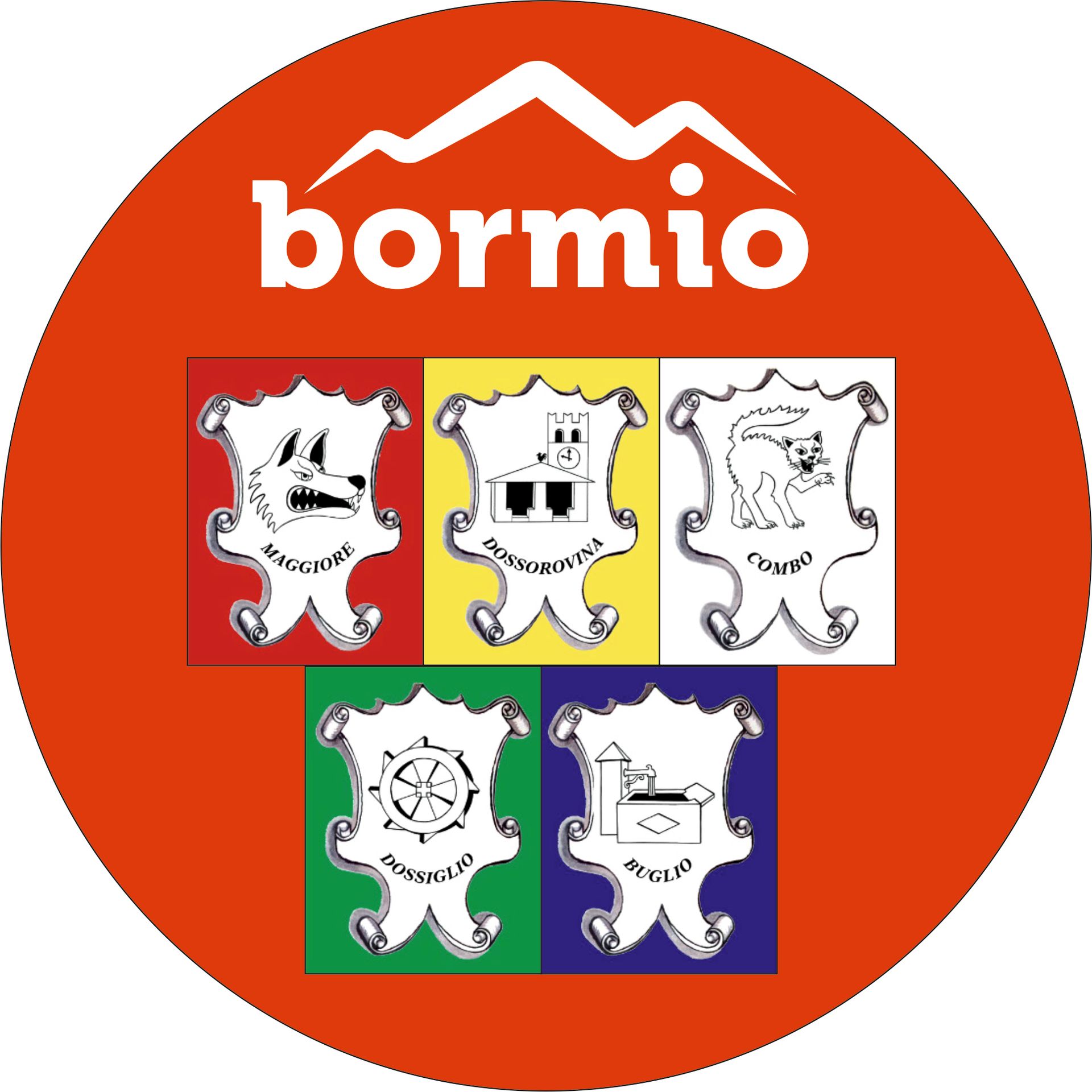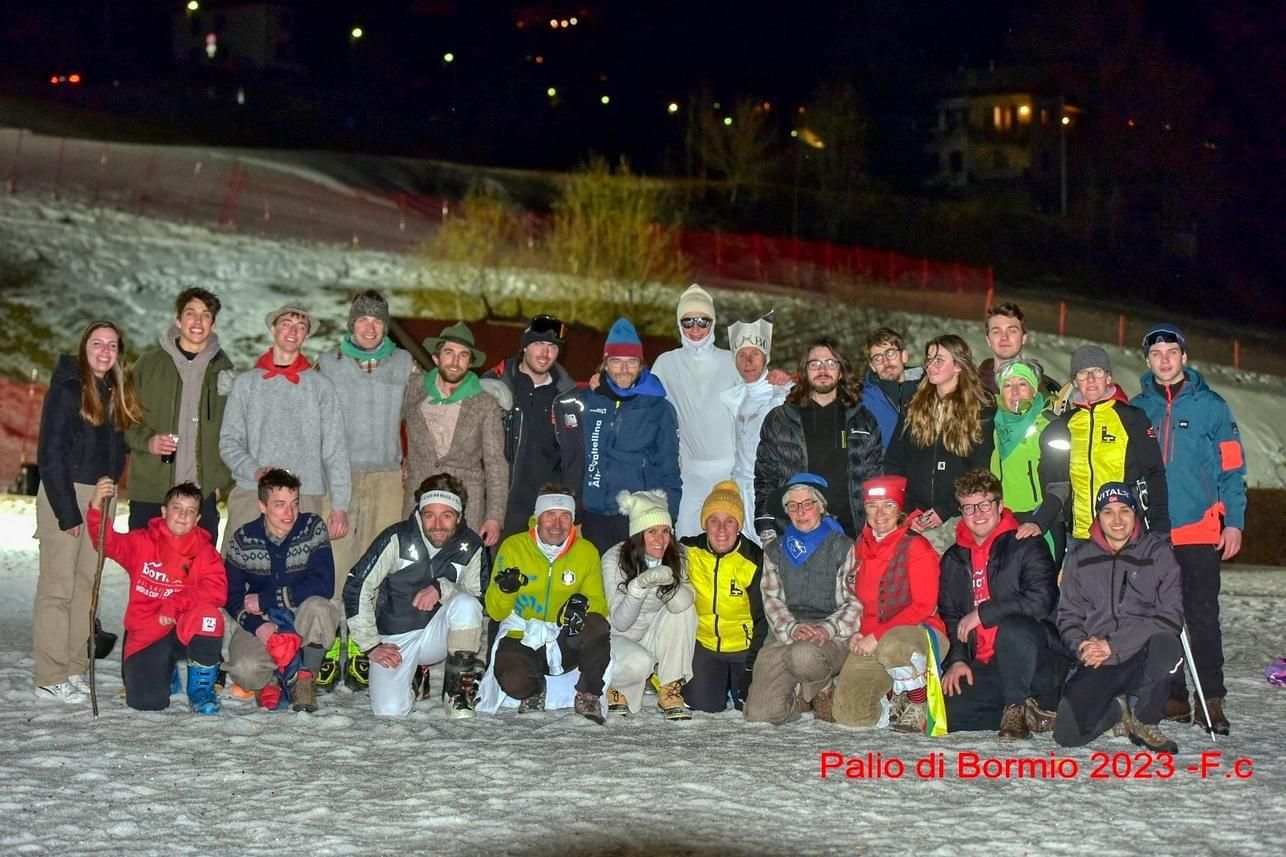Our history
A tradition since 1304...
Bormio is currently divided into five districts: each of them is characterized by its own banner depicting the symbol and color that identify the district. A wolf in red, the Maggiore department, the Kuerc and the civic tower in yellow, the Dossorovina department, a cat in white, the Combo department, a mill wheel in green, the Dossiglio department, and a fountain in blue, the Buglio department. From ancient documents - starting from the Liber stratarum, the master plan that describes the urban situation of Bormio in 1304, what are now called districts (or in dialect divisions) were called "vicinities", they were institutions in all respects, with legal personality own. Each district was led by two deputies "The Who" administered the assets and liabilities of the Earth. They were elected by the people and were part of the "People's Council" of the Main Land and the Valleys which had the power to legislate, manage municipal assets and elect the main public offices. Over time, the responsibilities of the neighborhoods became less significant until only the custom on Easter day of distributing the cooked and blessed Easter lamb in front of each church to all the neighbors was kept alive. This rite is the basis of some of the most original popular traditions of the modern "I Pasquali".
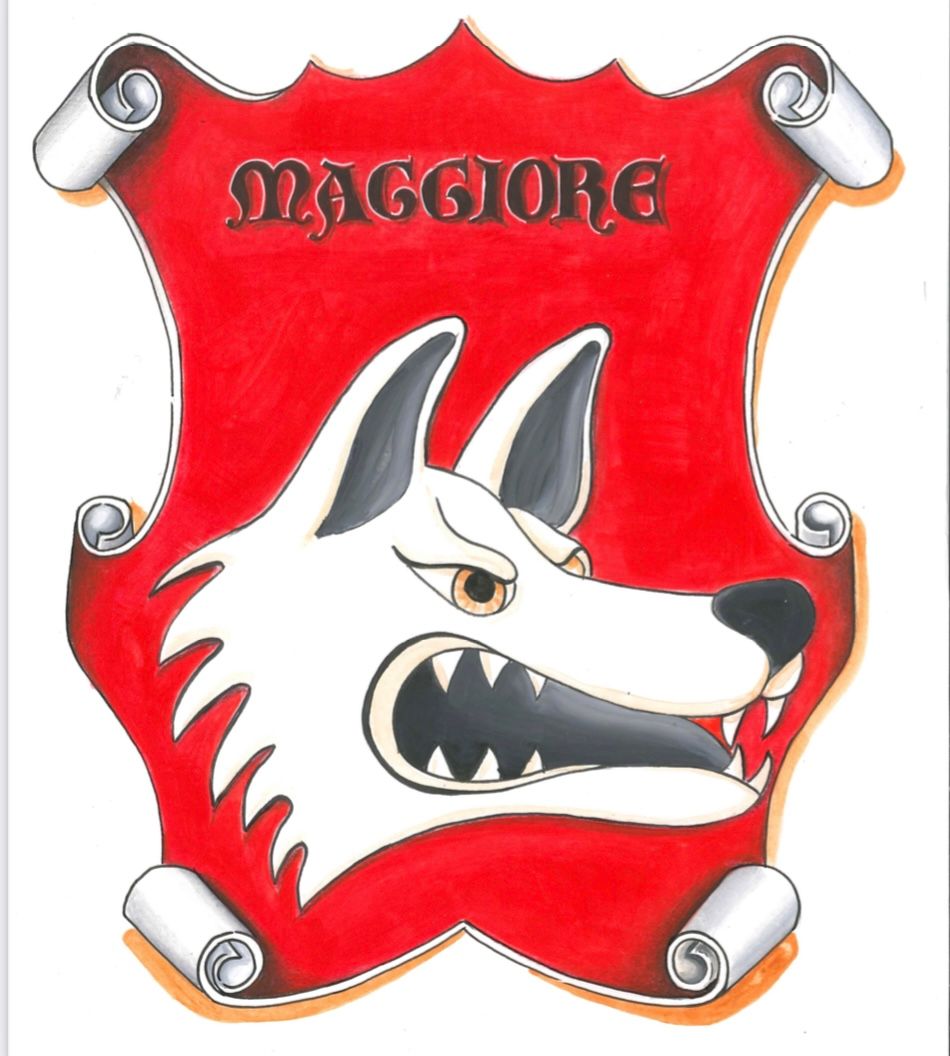
MAJOR WARD The Maggiore department is the "residential" department located in the heart of Bormio. It extends from Piazza del Cuèrc westwards to the Adda river. The name derives from the fact that the richest and most powerful families of past centuries lived in Via Maggiore, then the main artery of Bormio, today Via De Simoni. Even today there are rich palaces with frescoes, imposing portals and wrought iron decorations. Galliano Lechi from Brescia, the infamous Count Diavolo, found his home in these departments two centuries ago. He introduced into the countryside, without great success, the new ideas that spread from France throughout Europe. Above all, his licentious conduct earned him many enemies until a crowd of angry villagers gave him an atrocious death at the Dosso di Cepina in July 1797. The characteristic color of the Major department is red and the symbol is the wolf, as the power and the economic wealth of the residents "exceeded" the other social classes.

DOSSOROVINA DEPARTMENT Dossorovina is the oldest department, located north-east of the town at the foot of Mount Reit. The name derives above all from the landslides that cyclically hit the area and mainly from a large landslide that around 1000 AD reached the town and covered it. It includes all the most significant buildings from an institutional and community point of view. Upstream from the department, Via Alberti bears witness to the presence of ancient noble residences. In Dossoovina, the knight Nicolò Alberti, Count of Colico, had a prestigious residence, one of the most authoritative figures of the Contado in the first decades of Grisons domination when it was necessary to energetically defend the autonomy already granted by the Dukes of Milan. He died in 1571 in Madrid and, when the unfortunate news reached Bormio, city mourning was proclaimed for an entire year. The characteristic color of the department is yellow and the symbol is the Kuèrc with the Civic Tower, civic elements of primary importance.
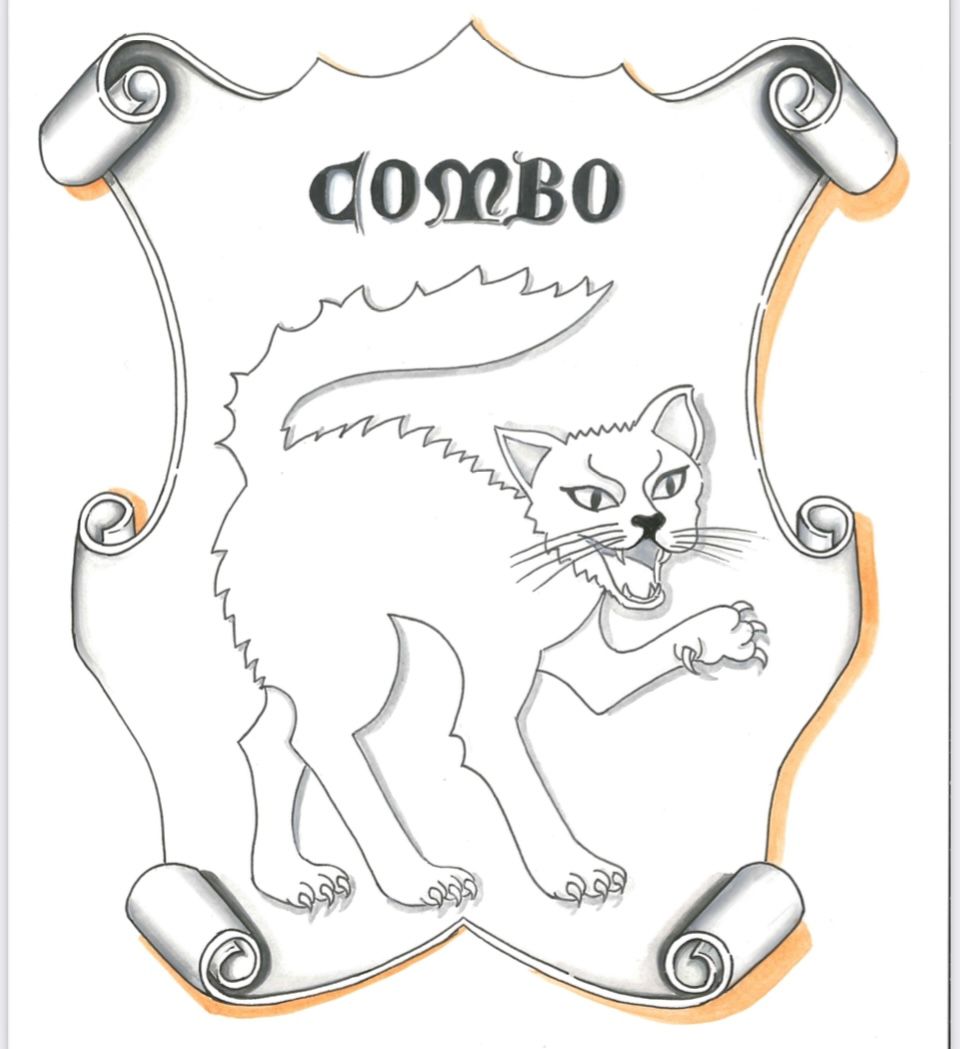
COMBO DEPARTMENT It is located between the Frodolfo stream and the slopes of Monte Vallecetta in east-west extension. The name presumably derives from the Celtic term “cumba” which means “valley”. In ancient times, the department had an agricultural and peasant purpose (rye and wheat cultivation) and was considered the "granary of Bormio". The presence of numerous stars testifies that the "Combo culture" facilitated breeding. It is characterized by ancient pastoral and peasant houses enriched by frescoes and valuable architectural elements. The church of S.Antonio (S.Crocifisso) and Sassella bear witness to the popular faith, custodian of beliefs, legends and ancient traditions. The Combo district was the birthplace of a Franciscan religious figure, Brother Giovanni Battisti da Bormio, who in the 18th century preached the Gospel in the most diverse regions of the world. He left as a missionary for China after a miraculous recovery, but was buried there after seven years, burdened with unprecedented suffering in body and spirit. The color of the department is white and the symbol is the cat, confirming the typical "cunning" of its contrada members.

DOSSIGLIO DEPARTMENT The department is located between the Frodolfo torrent and Via Roma (the ancient Via Magna). The term Dossiglio derives from the geographical position of the district because, located on a small hill, it was the artisan district par excellence of Bormio. The heart of the department was the "agualar", the artificial canal which separated from the Frodolfo and fed the mills, sawmills and various craft activities with its particularly cold waters. Glicerio Longa, the author of the first important dialectological and ethnographic studies of Bormio, spent his childhood and adolescence in Dossiglio. Son of the botanist Massimo, he spent his free time in work alert to all the stresses of speech and expression. His painstaking work was interrupted at the age of just 27, in 1912. The typical color of the department is green, the symbol is the mill wheel, confirming the presence of the numerous artisan activities powered by water.
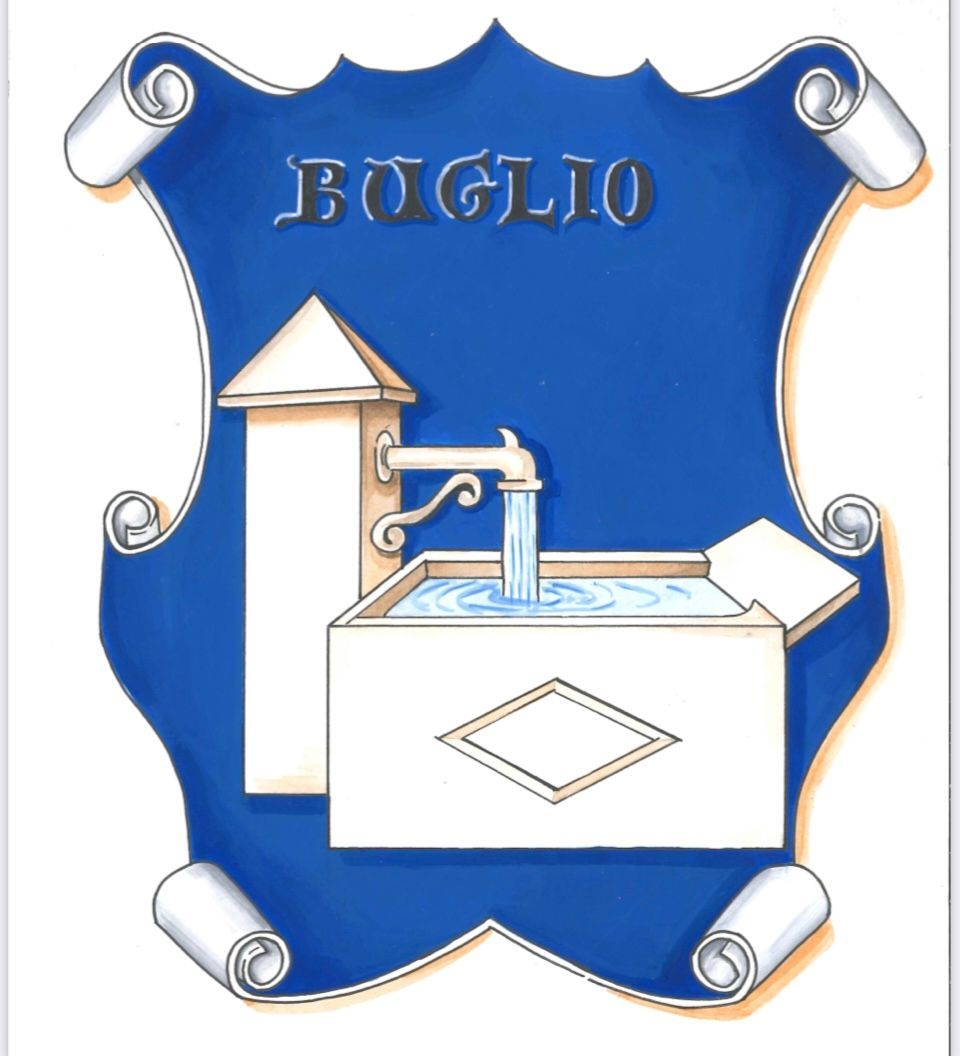
BUGLIO DEPARTMENT The Buglio department is located north-west of the town and extends to the Adda river. Its name derives from the large fountain (bù in dialect) built to supply the entire district. Its use was regulated by statutes and council resolutions which established severe penalties against anyone who had immersed "unclean and unclean" objects in the fountain, polluting the waters. In addition to being the municipality's reservoir, Buglio was a city district, characterized by the presence of numerous stables and warehouses. Ignazio Bardea born in 1736 and died in 1815 was a Bormino scholar and historian and one of the most illustrious inhabitants of Buglio. The characteristic color of the department is blue, the symbol is the "bù" to confirm the importance of the spring water that flowed from it for the population.

New council “The departments of Bormio” - mandate until 2026.
President: Michela CancliniVice president: Marina GiacomelliSecretary: Luigi ConfortolaDeputy secretary: Lele SpechenhauserTreasurer: Michela CompagnoniWarehouse workers: Stefania Rinaldi and Stefano Pedranzini.
Buglio councilors: Marina Giacomelli, Luigi Confortola, Gisella Bormetti, Rubén Pedranzini and Franco Dagna.
Combo Councilors: Michela Compagnoni, Pietro Rainolter, Giovanni Cantoni, Giacomo Zanoli, Chicco dei Cas.
Dossiglio councilors: Michela Canclini, Stefania Rinaldi, Matteo Compagnoni, Simone Prandi, Emilia Spiller.
Dossorovina Councilors: Simona Pedrini, Monica Vitalini and Federico dei Cas, Diego Pedrini, Stefano Castellazzi, Marco Castellazzi.
Maggiore Advisors: Francesca Turriziani, Stefano Pedranzini, Franco Pozzi, Lele Spechenhauser, Federico Urbani.

❤️💛🤍💚💙
Support us by donating:
Banca Popolare di Sondrio IT57A0569652090 00000 2412X42 Credite Agricole Italia IT04F0623052090 0000 15346684 PayPal
📧irepartidibormio@pec.it
📍Via Ignazio Bardea, 18/20 23032 Bormio SW Italy
📸Photo & text credit:www.bormio3.it
| Nicola Bormolini
Support us by donating:
Banca Popolare di Sondrio
IT57A0569652090 00000 2412X42
Credite Agricole Italia
IT04F0623052090 0000 15346684
PayPal
📧irepartidibormio@pec.it
📍Via Ignazio Bardea, 18/20
23032 Bormio SW
Italy
📸Photo & text credit:
www.bormio3.it
| Nicola Bormolini
.
.
New paragraph
